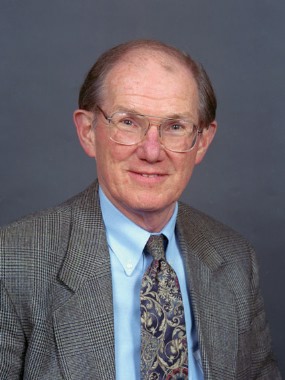Using a combination treatment of acetazolamide and auto-CPAP therapy in patients with obstructive sleep apnea traveling to high altitudes was more effective than CPAP use alone, according to a study published in JAMA.
Patients with obstructive sleep apnea (OSA) who took acetazolamide and used CPAP at two different altitudes higher than baseline had lower apnea/hypopnea index scores and higher nighttime oxygen saturation percentages than patients who took a placebo and used CPAP.
Dr. Tsogyal Latshang and associates at the University Hospital Zurich reported the results of their randomized, placebo-controlled, double-blind crossover study with 51 OSA patients in JAMA Dec. 12 (2012 [doi:10.1001/jama.2012.94847]).
All the patients, who normally live below 800 meters altitude and use CPAP regularly, underwent sleep studies during the summer of 2009, first at the University Hospital Zurich (490 m) and then at two Swiss mountain resorts, one at 1,630 m and one at 2,590 m, during two 3-day trips.
The patients took either acetazolamide or a placebo while spending 2 days at 1,630 m and 1 day at 2,590 m. The acetazolamide was dispensed as one 250-mg dose each morning and two 250-mg doses each evening before meals; the placebo looked identical.
After 2 weeks spent below 800 m following the first 3-day trip, the patients then spent another 3 days at the high-altitude resorts to take the other intervention (acetazolamide or placebo). During the sleep studies, instead of using their own CPAP devices, the patients all used the same type of autoadjusting CPAP machine with their own masks.
The combination therapy of acetazolamide and CPAP increased the patients’ median nighttime oxygen saturation at 1,630 meters by 1%, from 93% with placebo to 94% with combination therapy. At 2,590 meters, the increase was 2%, from 89% with placebo to 91% with combination therapy. At the higher altitude, patients receiving combination therapy spent a median 13% of nighttime sleep with oxygen saturation below 90%, compared to a median of 57% (P less than .001) below 90% oxygen saturation with placebo.
Patients receiving combination therapy also had lower apnea/hypopnea index scores at both altitudes, compared with placebo. The median at baseline, in the hospital at 490 meters with CPAP only, was 6.6 events/hour. At 1,630 meters, patients with placebo had a median 10.7 events/h, compared with 5.8 when taking acetazolamide. At 2,590 m, patients’ median apnea/hypopnea index improved from 19.3 events/h with placebo to 6.8 with acetazolamide. (All P values under .001)
"The reduction in the apnea/hypopnea index was mainly related to a lower number of central apneas/hypopneas, particularly during nonrapid eye movement sleep, but obstructive apneas/hypopneas were slightly reduced as well (at 2,590 m)," the researchers reported.
Secondary outcomes measured included sleep time, exercise performance, vigilance symptoms, and adverse effects. Patients taking acetazolamide slept a median 24 minutes more (451 minutes, compared with 427) at 1,630 m and 34 minutes more (446 minutes, compared with 412) at 2,590 m (P less than .001). Sleep efficiency and nonrapid eye movement sleep were also higher with combination therapy than placebo, although self-reported daytime sleepiness was not significantly different.
Patients’ heart rate was slightly lower with combination therapy (59 beats per minute, compared with 60 at 1,630 m; and 61 bmp, compared with 64 at 2,590 m), and patients taking acetazolamide had lower blood pressure at altitude than with placebo (96 mm HG, compared with 101 mm HG at 1,630 m; and 99 mm HG, compared with 104 mm HG at 2,590 m; P < .05)
The most common adverse effects reported with acetazolamide were an unpleasant taste in the mouth and mild to moderate paresthesias, but no patients discontinued therapy. Primary study limitations include the limited ability to generalize beyond short high-altitude duration and beyond the predominantly middle-aged male cohort, who were moderately obese and had only stable comorbidities.
The study was funded by grants from the Swiss National Science Foundation, Lung Leagues of Zurich and Schaffhausen, Center for Clinical Research, University of Zurich, University Hospital Zurich, and Philips Respironics (unconditional grant) in Switzerland. The only disclosure reported was Dr. Bloch’s consultancy for IMT Medical and his receipt of unconditional institutional grants from Philips Respironics and ResMed.


